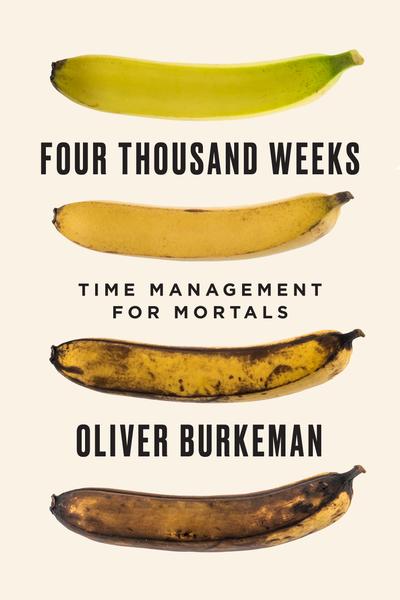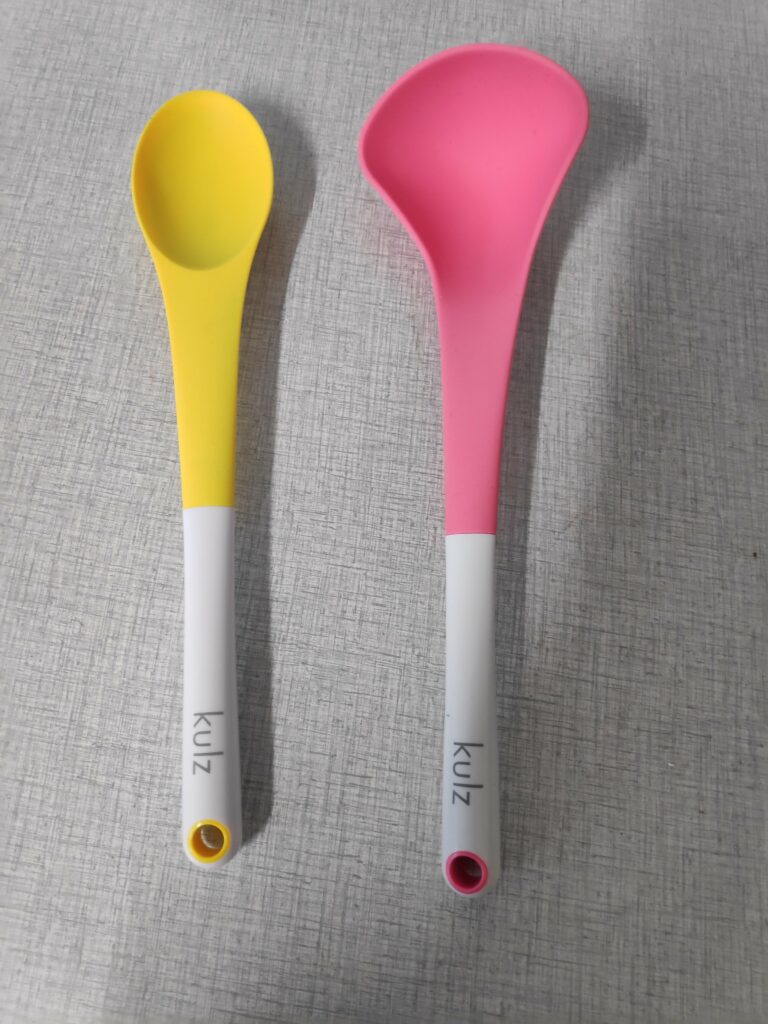
On 2021-08-31, Adressavisen, Trøndelags largest newspaper, was itself divided. Its translated headline read: “These trains are called both a scandal and an improvement even before they have carried a single passenger[.] Scandal or success? It all depends on who you ask. Here’s what you need to know about the controversial hybrid trains[.]”
This was the day when Norwegian Minister of Transport Knut Arild Hareide (Christian People’s Party) cut the ribbon to welcome the new trains that will serve on the Trøndelag Commuter Rail line, at Trondheim Central Station. With him was Lena Angela Nesteby, the Acting CEO of SJ Norge = SJ Norway, operator of the line.
Notably absent was Trøndelag County mayor Tore O. Sandvik (Labour Party), who was also invited to experience the new hybrid train, but declined. Instead, he comments: “This is the biggest political belly flop in Norwegian railway history”.
He believes that instead of eating cake, explaining away, procrastinating and purchasing trains that few others use, one should have first electrified the entire Trøndelag Commuter Rail line, as the governing parties guaranteed in their election promises in 2017. Then, in 2018, after seven years of planning, when the budget was expected to fund implementation, there was no money for electrification (except a minor amount for yet more unnecessary planning!)
As will be seen under policy, further down in this post, the extent of the Trøndelag Commuter Rail line is not always easy to ascertain. Some regard everything north of Trondheim as part of the Northland Rail line, and everything south as either part of the Dovre Rail line or the Røros Rail line. However, most people in Trøndelag regard the Trøndelag Commuter Rail line, as the regional train line stretching from Steinkjer (north of Inderøy) to Trondheim (22 stops further south), or Lerkendal (the most common end-point, just south of Trondheim city centre, with 3 additional stops). Some would even extend it to Støren (considerably further south of Trondheim, with 8 additional stops after Lerkendal, which is also the maintenance centre for the trains. The rail connection also continues on to Røros, to make a 4.5 hour trip along 290 km of track. Wikipedia has further details about the line.
For the past few years, improvements have been made to the rail infrastructure in Trøndelag. Platforms throughout the line have been extended to a length of 120 m, with a platform height of 76 cm above top of rail (ATR). Notably absent is electrification. This is much more difficult and time consuming to implement. Bridges can make implementation difficult, especially if the bridges are old, and were never expected to be electrified.
The new train sets reflect this lack of electrification. These are Stadler FLIRT ( Flinker Leichter Intercity- und Regional-Triebzug = Fast Light Intercity and Regional Train) made in Switzerland by Stadler Rail. These are bi-mode, hybrid electric multiple unit articulated train sets that will have six cars permanently attached, with a length of 112.7 m. The maximum speed is 200 km/h. Floor height is 78 cm (some sources say 80 cm) suitable for the specified platform heights, which is the new standard platform height in Norway. These are referred to as type 76. On other Norwegian lines, train sets without PowerPack cars have been in use since 2012. These are referred to as Type 74 when used as regional trains with 2 + 2 seating. Local trains with an overweight of cramped 2 + 3 seating are identified as type 75. In total 14 type 76 train sets, each seating 241 passengers with 2 + 2 seating, are in the process of being delivered to Trøndelag Commuter Rail.
The PowerPack car, is an additional one-third length non-passenger car inserted in the train set with diesel engines generating electricity, allowing the train to run “off-wire”. It has a gangway through the centre to allow passengers to pass between the two parts of the train. This is a needless expense. Our family expert on rail transportation said that about 1 billion (or 20%) of the 5.5 billion NOK investment in these 14 train sets, will go to the PowerPack cars, and their control. These will not be needed at all in about four years time. The existing BM92 units could have served an additional four years and/ or the electrification of the line could have started earlier.
The cars are equipped with Jakobs bogies, named after the German railway engineer, Wilhelm Jakobs (1858–1942). It is a bogie that connects two cars. In Norway, the Jakobs bogie is used on other Flirt trains. Another notable user is the French TGVs made by Alstom.
The Jakobs bogie has the following advantages: It stiffens the train set so it is less prone to folding like an accordion during a derailment. At high speeds this is very dangerous. It happened at the Eschede derailment, the worst high-speed train crash ever, on 1998-06-03. Yet, TGV trains have several times derailed at high speed, 290-300 km/h, and still remained standing in the tracks – something the Jakobs bogies have probably contributed to. Therefore, the derailments have not claimed lives or caused serious injuries; The trains are lighter with only one bogie per. wagon instead of two. This is the case even though the increasing load on each bogie means that the cars have to be made somewhat shorter; Trains become cheaper with fewer bogies, as bogies are complicated and expensive; The wheel noise, which makes up a large part of the noise from a train, is reduced with fewer bogies. Inside, the wheel noise is also most noticeable in the transition between the cars, where people do not tend to stay. A disadvantage of Jakobs bogies is that it is usually impossible or, at best, time-consuming to add or remove cars. This must be done in a workshop. One practical approach is to connect two or more train sets.
Type 92

NSB Type 92 is a class of 15 diesel multiple units built by the former German train manufacturer Duewag, later to become part of Siemens. The two-car train-sets were delivered in 1984 and 1985, and were refurbished in 2005 and 2006. Each set seats 168 people, is 49.45 meters long and weighs 92 tonnes. The front car is powered with two electric motors, giving a power output of 714 kW and a maximum speed of 140 km/h. The cars are totally unsuited for use by anyone with mobility issues. Access to the train involves four steps. The steps all have variable width and are located at the ends of each car. This means the width is greater towards the end than towards the middle. This makes it extremely difficult to bring anything wheeled onboard, such as a wheelchair or pram. One of the train-sets was destroyed in an accident at Åsta that claimed 19 lives on 2000-01-04, leaving 14 sets.
Policy
Norway, Norges Statsbaner (NSB) = Norwegian State Railways was founded in 1883. In 1996, it was split into three separate governmental agencies. The ownership, maintenance and construction of track was transformed to the newly created government agency Norwegian National Rail Administration, while a new Norwegian Railway Inspectorate was created to supervise all railway operations in the country. NSB was renamed NSB BA and created as a limited company, wholly owned by the Ministry of Transport and Communications. This was followed by a number of rebranding efforts. The latest of which was in 2019 when NSB was renamed Vygruppen and rebranded as Vy. The name change was supported by 7% of Norwegians.
Norway decided to set its train routes out to tender, as encouraged by the European Union. Traffic Package 1 covered the south, 2 the north, 3 the west. There should have been a Traffic Package 4 covering the east of Norway. This package was large and comprehensive. After the first three packages showed that Vy was not competitive, this fourth package was cancelled. So much for the virtue of competition.
Details: This paragraph can be skipped by anyone with a life. Traffic Package 1: South. Long distrance trains (including night-trains, Sørlandsbanen: Oslo S – Kristiansand – Stavanger; Jærbanen; Lokal trains in Stavanger – Egersund; Arendalsbanen: Regional trains Arendal – Nelaug. Package 2: North is described further down in more detail. Package 3: West. Bergensbanen has the greatest traffic. A large proportion of traffic is tourist and leisure travel. Flåmsbanen is not covered by traffic package 3. Traffic Package 4: East, that included local trains Spikkestad /Asker – Lillestrøm og Stabekk/Oslo S – Ski; Regional trains: Oslo S – Ski, Stabekk – Moss, Oslo S – Mysen/Rakkestad and Oslo S – Hakadal/Jaren along with the Regional express trains Oslo S – Halden og Oslo S – Gjøvik. Flytoget the airport train from south of Oslo to Oslo Airport, Gardermoen, to the north.
In Sweden. Statens Järnvägar (SJ) = (Swedish) State Railways, existed from 1888. It was disbanded in 2001, with the assets transferred to seven separate companies, the first three owned by the Swedish government and the latter four being privatized. SJ AB is one of these Swedish state-owned companies, and it is the largest train operator in the Nordic region and the only one who operates trains between Scandinavia’s three capitals (Stockholm, Copenhagen and Oslo).

SJ Norge AS is owned by SJ AB, and in 2019-06 they were awarded traffic package 2 North, by the Norwegian Ministry of Transport and Communications, effective 2020-06-08. They are using the brand name SJ Nord = North. The contract period lasts until December 2030. SJ Nord operates seven train routes in Norway based on this package. The longest stretches are the Nordlandsbanen, which runs between Bodø and Trondheim, and the Dovrebanen, which runs between Trondheim and Oslo. The package also includes the Raumabanen, between Dombås and Åndalsnes, and the Rørosbanen, from Røros to Hamar, with connections north to Trondheim and south to Oslo.
Saltenpendelen is a local train connecting Bodø, Fauske and Rognan. Trønderbanen, which is the topic of this weblog post, officially runs between Steinkjer and Melhus via Trondheim. While Meråkerbanen, which SJ refers to as “the neighbour train” connects Trondheim to the Swedish cities of Åre and Östersund, via Storlien. In addition, SJ Nord offers bus travel to cities such as Tromsø, Narvik, Namsos, Ålesund, Kristiansund and Molde.











